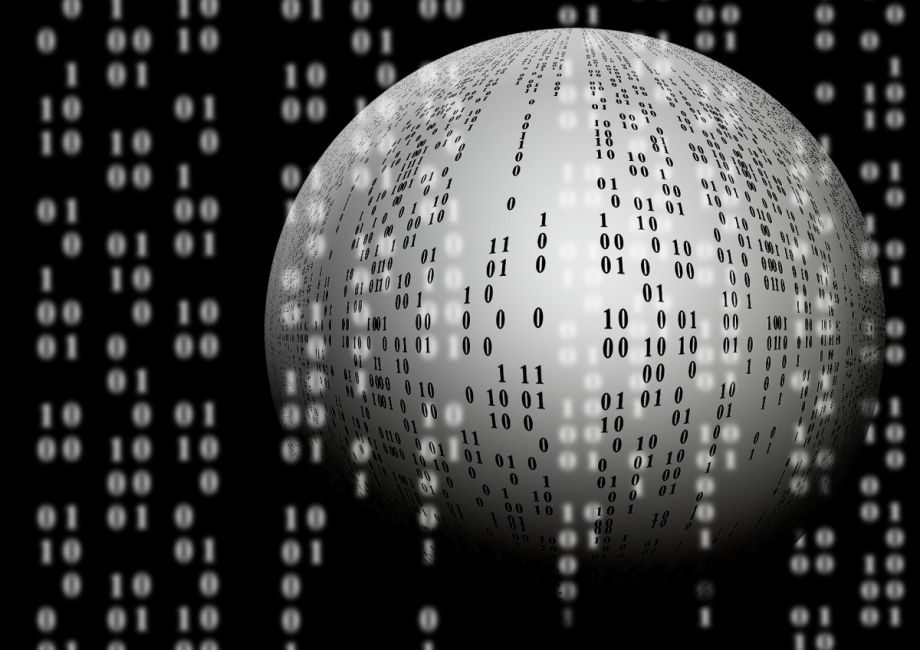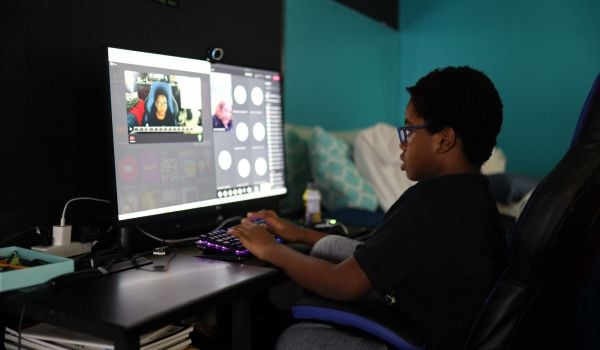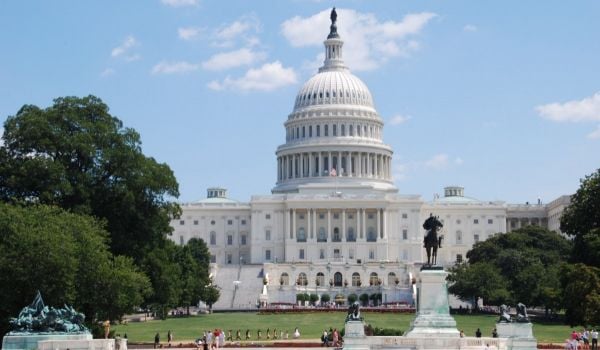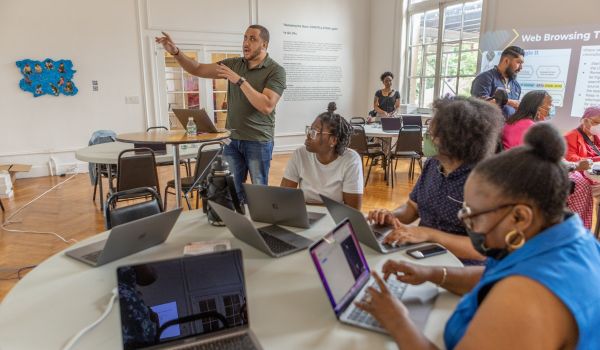Recently, I signed an addendum to my apartment lease. It disclosed a potential exposure to lead, which can be “especially harmful to children and pregnant women.” In the COVID era, lack of access to the internet is equally harmful to every individual — not just children and pregnant women.
Decades ago, we identified lead paint as a public health concern. The U.S. Department of Housing and Urban Development (HUD) developed rules and procedures for the agency and the local housing authorities it oversees to cease the use of lead paint, to inspect units that may have lead paint and to remove it as quickly as possible. While not strictly enforced, these rules nevertheless represent a standard that developers can cite when making new properties as safe and as healthy as possible.
Today, a lack of internet access is a similar, if not larger, public health concern. We must include it in the federal, state, and local checklist to construct, maintain, and inspect public housing, Section 8 housing and construction of community amenities.
If access to the internet were a federally monitored requirement for the nation’s 3,800 public housing authorities, then millions of families currently on the wrong side of the Digital Divide could have a better chance of securing the support they need to thrive.
Statistics from the Office of Policy Development and Research (PD&R) within HUD reinforce that “[internet] [c]onnectivity rates are particularly low among HUD-assisted renter households, who are also more likely to depend on smartphones and other handheld devices to access the internet in the home.” As of 2014, only 43.1 percent of HUD-assisted Renters had a high-speed internet subscription. Comparatively, across all households, that percentage is 75.1 percent; among homeowners, it’s 80.2 percent.
To require public housing authorities to merely report on internet access would go a long way toward improving digital equity. The current process for measuring internet access is in drastic need of reform. The Federal Communications Commission relies on information self-reported by internet providers to know which households could hypothetically be served by a provider. This conjecture-heavy measure shortchanges Americans by overreporting of who has “access” to the internet.
After all, hypothetical access is far different from actual access, let alone access to internet that’s priced affordably and fast enough to meet one’s needs. By mandating that public housing authorities conduct regular inspections of the level of internet access in their units, organizations such as No One Left Offline, the Digital Inclusion Partnership and other nonprofits focused on closing the digital divide could better allocate resources to buildings and families in need of connection.
Ideally, HUD would adopt standards that go beyond just measuring the digital divide. In fact, the HUD standards should require that all new public housing, Sector 8 housing, and community buildings include high-speed internet access for all units. This standard could apply to renovations as well. This model is already being successfully used in San Francisco, as reported by the Institute for Local Self-Reliance (ILSR). According to the ILSR, the City of San Francisco and Monkeybrains, a local provider, have managed to develop a new model that provides high-speed internet access to public housing units at no cost to the end user.
When Monkeybrains learned that public housing was being renovated in a historically marginalized area of San Francisco, it proposed to the city a plan to offer free installation of wireless access points as well as wired access to all units. The city accepted. The San Francisco Housing Development Corporation (SFHDC), the nonprofit housing developer that oversaw the renovation, merely had to pay $10 per month per unit to Monkeybrains. The stakeholders also identified that this internet upgrade could qualify for financial support from state funds, making the deal even more attractive to the City and Monkeybrains. Of course, the deal was of immense benefit to the actual residents: the new service would give them greater liberty by expanding their ability to look for work, upskill for new jobs, seek education, and simply stay connected with their loved ones.
In addition to HUD adopting these standards, state and local governments should change their building codes to mandate mesh-network and connectivity in new construction or major renovations on existing buildings. In the late 2000s, environmental advocates pushed cities to reconsider requirements for municipal buildings to systematically incorporate green standards on developments and reduce emissions. San Francisco adopted a “Green Building Code” in 2008 and has consistently updated it to adhere to energy efficiency standards. Similarly, to augment a change in HUD’s standards, we need state and local building commissions to pass a “Digital Building Code” that requires: 1) buildings to be wired for high-speed internet, with a preference for fiber-based internet; and 2) that internet should have a minimum upload and download speed of 100 mpbs, a rate that reflects our increased consumption of streaming services such as Zoom.
Just as taxpayer dollars should not be used to build lead-painted units, government funds should not be used to build digitally dark housing. That’s why, as a threshold requirement, public housing authorities should change building codes and be mandated to report on the internet access of their units. This data would foster the sort of mutually beneficial partnerships that Monkeybrains formed with and the City and County of San Francisco. As a long-term goal, no public housing should be constructed without identifying how residents will have the internet connectivity required to thrive. As shown by the deal orchestrated by the City and County of San Francisco, Monkeybrains, and the SFHDC, the combination of creative thinking and state support for financing internet connectivity can be the difference in moving millions of individuals to the right side of the digital divide.
Apoorva Pasricha leads digital inclusion work as the Harvard Business School Fellow for the City of San Jose.
Kevin Frazier, a Masters of Public Policy student at the Harvard Kennedy School and JD candidate at the UC Berkeley School of Law, uses his spare time to advocate for better government. He’s the head of No One Left Offline.
















